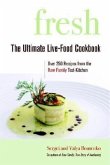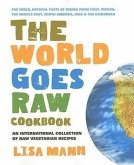They've graced the loveliest gardens and the most elegant dinner tables--as centerpieces--but are often overlooked when it comes to cooking. Rediscover what our ancestors knew: that many flowers taste as sweet as they smell and, moreover, are excellent sources of vitamins and even protein. Years of research and experimentation have gone into this collection of over 200 flower cookery recipes. Exotic and delicate, flowers can flavor and color anything from Lime-Blossom Punch to Marigold Cheese Soup to Lavender Apple Crisp. Every edible flower has a different flavor, texture, and potential use. Nasturtiums have a peppery taste similar to watercress and can be used as a garnish. Chrysanthemums make an excellent addition to most salads. Roses, probably the most popular of all culinary flowers, are very high in vitamin C and can flavor anything from mayonnaise to syrup. Marigolds can take the place of saffron, a very expensive herb. Carnations have a spicy flavor similar to cinnamon or cloves, and day lilies are perfect to cook with--they taste of chestnuts and honey. Using 26 common garden flowers, author Leona Woodring Smith opens up a world of delights guaranteed to win any gourmet's heart.

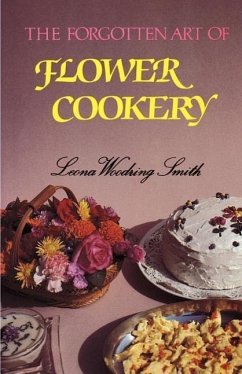
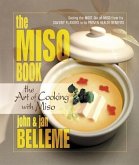
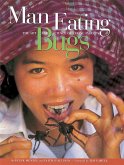
![Broth and Stock from the Nourished Kitchen: Wholesome Master Recipes for Bone, Vegetable, and Seafood Broths and Meals to Make with Them [A Cookbook] Broth and Stock from the Nourished Kitchen: Wholesome Master Recipes for Bone, Vegetable, and Seafood Broths and Meals to Make with Them [A Cookbook]](https://bilder.buecher.de/produkte/43/43779/43779166m.jpg)

